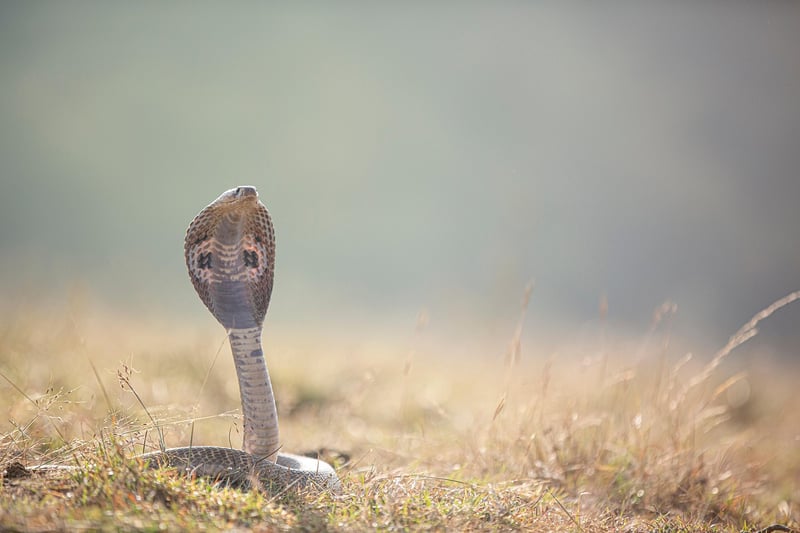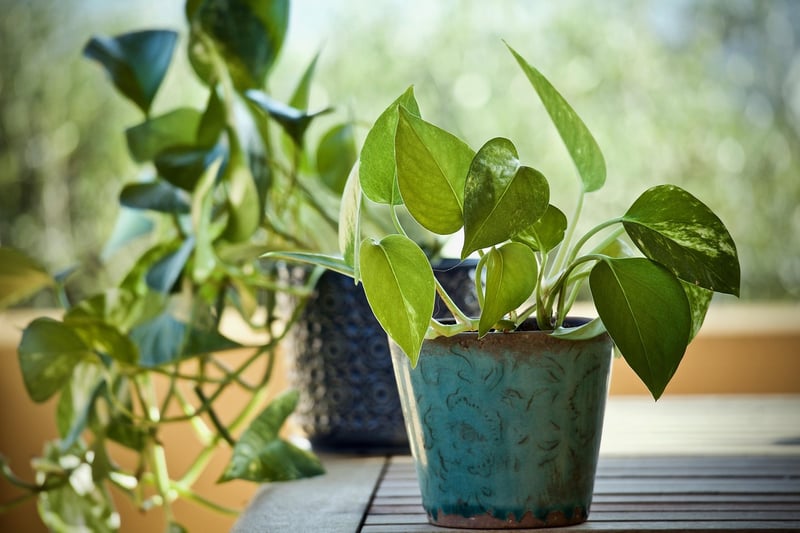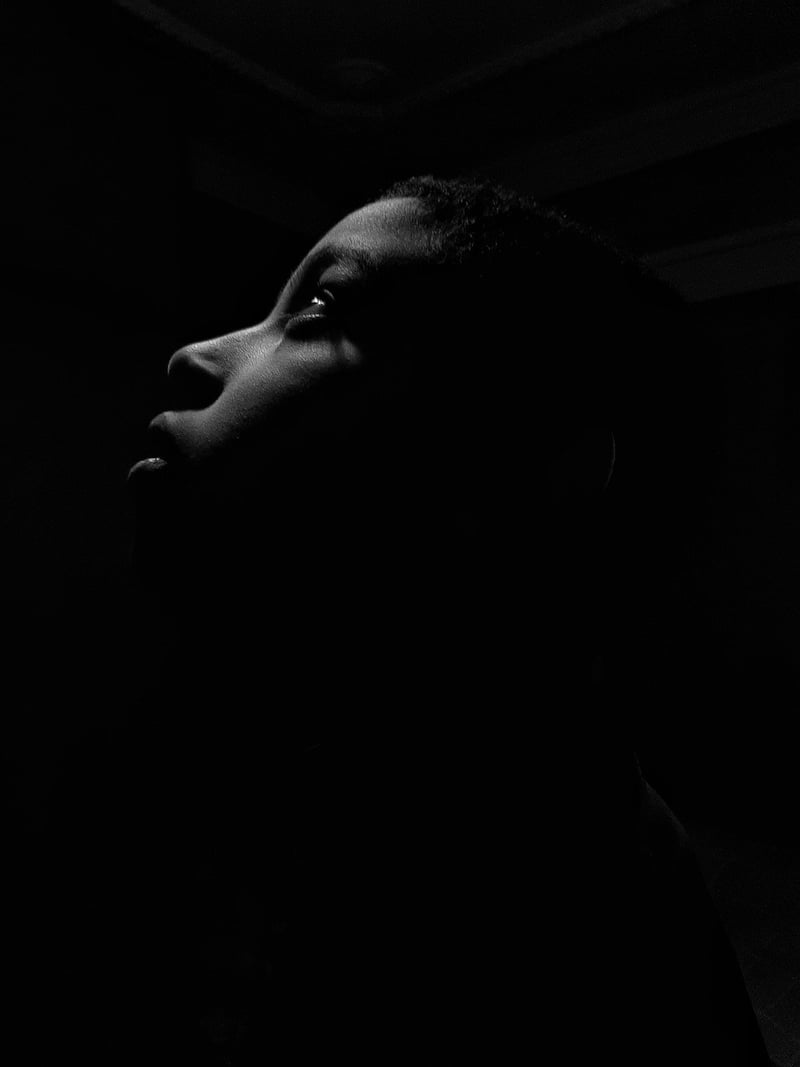Low Light Options
Understanding Light Requirements for Indoor Plants
The Importance of Light for Indoor Plants
Light is essential for plants as it is the primary source of energy used in photosynthesis, the process through which plants convert light into food. Understanding the light requirements of your indoor plants is crucial for their growth and overall health.
Types of Light for Indoor Plants
There are three primary types of light that influence plant growth:
- Direct Light: Bright, unobstructed sunlight coming from a window or a light source placed close to the plant.
- Indirect Light: Light that has been filtered or reflected, such as light coming through a sheer curtain or bouncing off a wall.
- Low Light: Dimmer light conditions, often found in rooms with small windows or shaded areas.
Assessing Light Levels for Your Plants
It's important to know the light requirements of your specific plant species. Here are some general guidelines:
- High Light Plants: Need direct sunlight for several hours a day.
- Medium Light Plants: Thrive in bright, indirect light.
- Low Light Plants: Can survive in minimal light conditions.
Low Light Options for Indoor Plants
For spaces with low light conditions, consider these plant options:
1. Snake Plant (Sansevieria trifasciata)

The snake plant is a hardy plant that can thrive in low light environments. It requires minimal care and is known for its air-purifying qualities.
2. Peace Lily (Spathiphyllum wallisii)

The peace lily is a popular choice for low light areas and adds a touch of elegance with its white blooms. It also helps improve indoor air quality.
3. Pothos (Epipremnum aureum)

Pothos is a versatile plant that can thrive in low light and even tolerate some neglect. Its cascading vines make it a great choice for hanging baskets.
By understanding the light requirements of your indoor plants and choosing suitable options for low light conditions, you can create a thriving indoor garden even in spaces with limited natural light.
Remember to rotate your plants occasionally to ensure even light exposure and monitor their growth to adjust their placement if needed.
Happy gardening!
